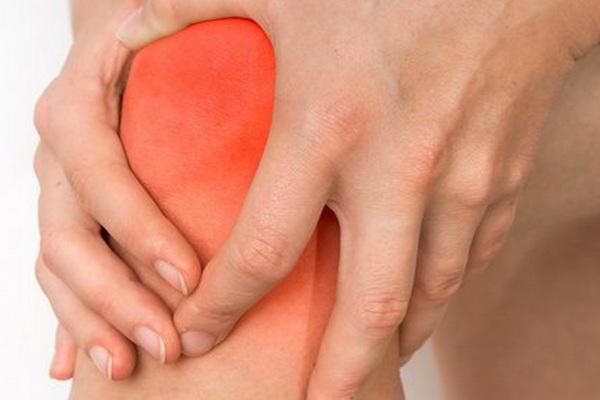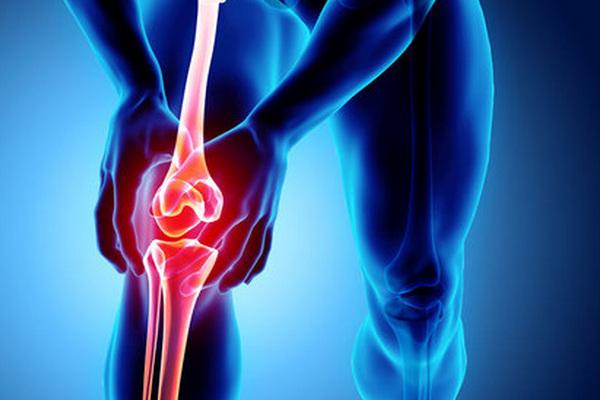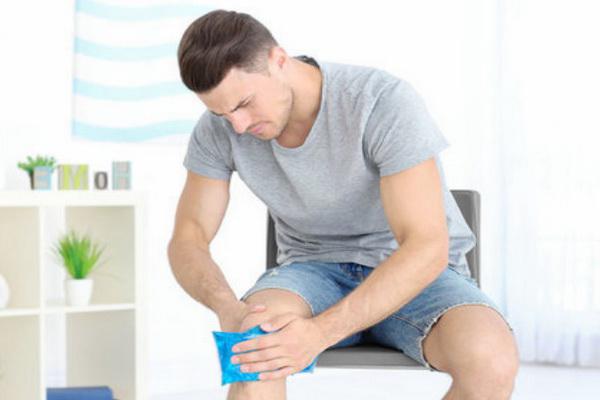Зміст
Knee pain is a common and bothersome condition that occurs unexpectedly and tends to recur. The knee joint is most susceptible to injury, overload and degeneration, especially if we are overweight or obese. It is worth knowing that knee pain can also be a sign of bacterial infections and even rheumatic diseases. Anxiety should be caused by swelling, pain, and limited joint mobility, such as morning stiffness. Find out what causes knee pain and what is being treated.
After a knee injury

Knee pain is very common after injury or trauma. Ligaments and menisci are usually damaged as a result of physical exertion, strenuous work or an accident. Then, sudden and sharp pain, swelling and problems with joint mobility are characteristic. First, it is necessary to immobilize the knee and see an orthopedist as soon as possible. You may need surgery and rehabilitation.
Knee pain and degenerative disease
The most common causes of knee pain are degenerative changes caused by overuse and natural wear and tear of the joint. With age, articular cartilage defects and muscle tension appear. As a result, bones can be pressed against each other, causing chronic and unpleasant pain. Typical symptoms are pain when climbing stairs, stiffness, swelling and redness of the skin near the joint. Relief is provided by pain relievers and anti-inflammatory drugs, as well as special injections that restore articular cartilage. Rehabilitation and physiotherapy procedures are also needed. At an advanced stage, surgery may be required.
Knee pain and Lyme disease.
Joint pain is also a common complication of Lyme disease. This dangerous disease, transmitted by ticks for years, may not show symptoms. However, during this time, it causes serious neurological changes and very often affects the joints. Our concern should be the occasional pain and swelling of the knee joint, especially if it is not the result of injury or overuse. The first symptoms of Lyme disease may appear several weeks after a tick bite and resemble the flu. Erythema migrans, that is, a characteristic redness on the skin, occurs in only half of people. Treatment for chronic Lyme disease is complex and lengthy. It takes many months to take antibiotics.
Knee pain and bacterial infections
Severe knee pain and high fever may indicate a bacterial infection. This happens, for example, as a result of trauma, cut or injection to strengthen the articular cartilage (if it has not been injected under sterile conditions). In this case, see your doctor as soon as possible. You may need to rinse your knee and take antibiotics.
Knee pain and rheumatic diseases

One of the most dangerous causes of knee pain can be rheumatic diseases such as ankylosing spondylitis or rheumatoid arthritis. Although this type of disease most often affects the small joints first (for example, fingers and wrists), sometimes the pain begins in the knees. Morning joint stiffness and pain accompanying every movement are characteristic. The surrounding skin may be redder and slightly warmer. Fast and specialized treatment is necessary, otherwise permanent damage to the joint may occur.








